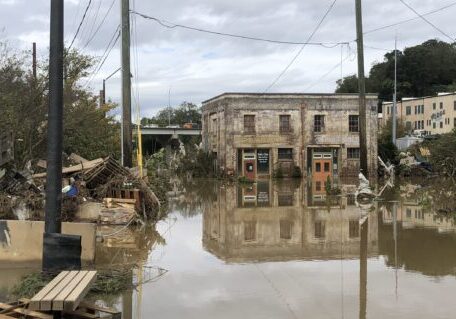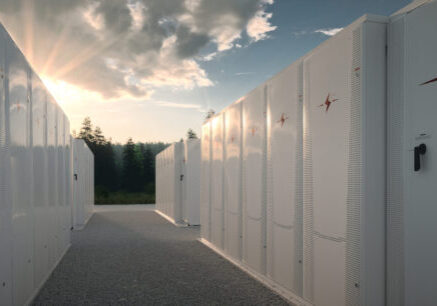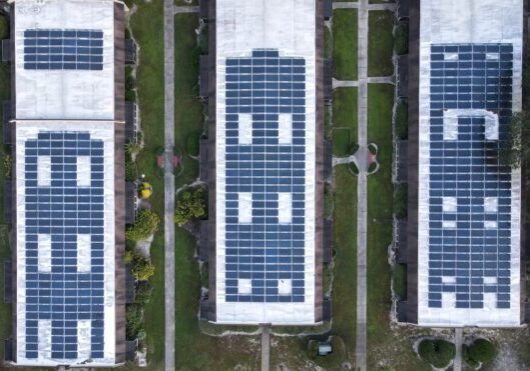June 3, 2010
Open Those Energy Innovation Doors
By Lewis Milford
Most of the discussion about the recently released Kerr-Lieberman climate bill is missing a key element — how to do real energy technology innovation. That is odd since it is almost impossible lately to read an article about clean energy without a call for more “innovation.” Beyond the buzzword, what do we really mean? What is needed in future policy is clearer thinking about “how” energy innovation should be done in practice — to create energy breakthroughs, to bring new research faster to market, to reduce costs and to scale up technologies for climate stabilization.
So how to answer the “how” question about innovation? The Brookings Institution and others have written about the institutional framework for innovation – how cities and networks and clusters can work together to bring research into the marketplace.
But there is a missing piece of this innovation puzzle. A simple question never asked is: if energy and climate need innovation to create new commercial products, does it make sense to see how successful companies in other sectors actually practice innovation? Since the traditional energy sector itself is generally not considered to be a hotbed of new technological thinking, looking to other sectors is not just an interesting idea; it’s a necessity.
Somewhat surprisingly, when we look to how corporate America innovates, we find an approach that few in climate or energy have considered – something called “open or distributed innovation.” The leading guru who coined the term is Henry Chesbrough, head of the Center for Open Innovation at the Haas School of Business at the University of California Berkeley. Since he used the term in 2003, hundreds of books and articles have been written about the strategy.
But academic theory aside, many successful corporations now use open innovation to make products and deliver services. So what is it? Let’s start with what it is not, and where it came from.
A few decades ago, most innovation occurred in a “closed innovation model.” One business expert called it “knowledge creation for its own sake” without forging any links to commercialization, and without looking outside corporate research departments for new ideas and partners. Examples of this approach are the Bell Labs and Xerox’s Palo Alto Research Center or PARC. These were in-firm R&D shops based on the notion, said former Harvard president James Conant, of “picking a man of genius, giving him money, and leaving him alone.”
These “closed innovation” entities generated great research and Nobel prizes but often floundered when they tried to commercialize their ideas. To accelerate commercialization, companies began a different approach – the “closed model” evolved into a new “open and distributed innovation model.” In simple terms, it means that “most innovation will occur outside the company.” In more complex terms, open innovation is the use of knowledge from inside and outside firms to accelerate internal innovation, and expand markets for external use of that innovation.
In particular, companies as diverse as IBM, Proctor and Gamble, Ely Lilly and scores more have used the Internet and other networking tools to seek outside institutions and expertise to help develop ideas and products faster, cheaper and more creatively. Solution seekers are linked to solution providers who are financially rewarded for their answers. And answers can come from outside the industry, from unexpected places. Companies increasingly rely on outside sources to make products together, to share research and to get smarter with integrated partnerships.
Two key climate challenges today are how to finance and create new technology chains and how to address thorny intellectual property right conflicts. Through open innovation, these issues are made an integral part of the commercialization process early in the research stages, to accelerate getting the research into the marketplace. Open innovation also addresses the need for a market ready pipeline to deploy government research, a huge missing link in most climate policies.
So could “open and distributed innovation” be used in climate and energy? Clean Energy Group thinks so, and has written a report on how open innovation tools could be used to address climate – how do we develop new technologies, new business models, and new financial mechanisms, to deploy existing clean energy technologies at scale and to spur our scientists to develop new technologies not yet on the drawing boards? We lay out our thinking in a report titled Advanced Climate Technology Innovation Initiative or ACTII.
The report proposes that “open and distributed innovation” could be the new “operating system” for government innovation programs – whether the Energy Hubs proposed by Secretary of Energy Chu, the Brooking Institution’s innovation centers, regional technology clusters, or international energy research centers – or to govern how the Department of Energy operates itself. It is the way 21st century corporations do innovation. It should be the way the government solves the climate technology problem.
Oddly enough, it’s not just Clean Energy Group telling the agencies to do this. The White House Office of Management and Budget and the Office of Science and Technology Policy last August both ordered all federal agencies to follow “open innovation” in their budgets and programs, including energy and climate.
But no agency seems to have gotten the message; none have systematically used these new strategies in their climate and energy programs. They generally continue to follow the old “closed innovation” strategies instead of using more modern innovation strategies to solve the planet’s biggest technology problem. Clean Energy Group is trying to get agencies to use this approach because it offers the best chance of overcoming the current climate crises with real innovation.
After all, if companies can use open innovation to create new soaps, software and sophisticated machinery, why not use it to save the planet?














